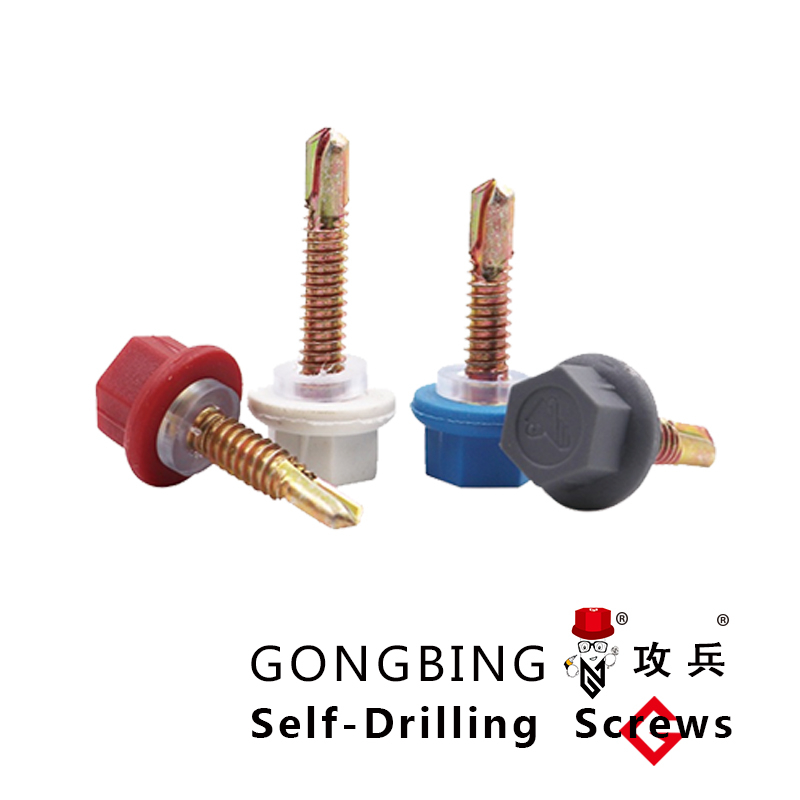stud bolt full thread
Understanding Stud Bolts with Full Thread Applications and Advantages
Stud bolts, a type of fastener, play a crucial role in various industrial applications, particularly in construction and manufacturing. Unlike regular bolts that have a head on one end, stud bolts are fully threaded along their entire length, which offers significant advantages in both strength and flexibility. This article explores the characteristics, uses, and benefits of stud bolts with full threads.
Characteristics of Stud Bolts
A stud bolt consists of a long rod with threads that run from one end to the other. The lack of a head allows for a dual connection, where nuts can be affixed at either end, leading to a more adaptable fastening solution. Common materials for stud bolts include carbon steel, stainless steel, and alloy steel, each providing varying levels of corrosion resistance and tensile strength. The dimensions of stud bolts can vary based on application needs, conforming to several standards such as ASTM, ISO, and ASME.
The fully threaded design of a stud bolt ensures that the entire length can effectively engage with nuts, allowing for uniform distribution of load and stress. This is particularly beneficial in dynamic environments where vibration and movement occur, as it helps maintain a secure connection over time.
Applications of Stud Bolts with Full Thread
Stud bolts are widely used in numerous industries where high-strength connections are essential. One significant area of application is in the oil and gas sector, where they are vital for flanged connections in pipelines and pressure vessels. Here, the ability of stud bolts to maintain clamping force under harsh conditions is critical to ensuring safety and efficiency.
In the construction industry, stud bolts are often utilized in structural assemblies, like beams and girders, where they provide robust anchoring points. Their versatility allows them to be used not just in heavy machinery but also in various equipment installations, where space constraints make traditional bolting methods impractical.
stud bolt full thread

Another significant use for stud bolts is in the manufacturing of automotive and aerospace components, where lightweight and high-strength connections are paramount for performance and safety. The full-thread design permits better load distribution, which is particularly crucial in dynamic applications.
Advantages of Full Threaded Stud Bolts
One of the primary advantages of using stud bolts with full threading is the enhanced strength and load-bearing capabilities they offer. Because the threads extend along the entire length of the bolt, they can withstand greater tension and shear forces than partial-threaded alternatives. This characteristic is essential in applications subjected to extreme conditions and high-stress scenarios.
Additionally, the full-thread design increases flexibility regarding adjustments during assembly. It enables the user to control the degree of tightness and ensures that the fastener can accommodate variations in material thickness and alignment without sacrifice to performance.
Furthermore, the use of stud bolts with full threads simplifies the assembly process, reducing the likelihood of cross-threading and other fastening errors. Their adaptability and ease of use make them ideal for modern manufacturing environments that prioritize efficiency.
Conclusion
In summary, stud bolts with full threading are an invaluable component in various industrial applications. Their unique design provides superior strength, adaptability, and ease of use, making them a preferred choice for engineers and manufacturers alike. As industries continue to evolve, the demand for such robust fastening solutions will only continue to grow, underscoring the importance of stud bolts in modern engineering.
-
Weatherproof Plastic Expansion Anchors for Outdoorข่าวJun.06,2025
-
Sustainability in the Supply Chain: Eco-Friendly TEK Screws Productionข่าวJun.06,2025
-
Load-Bearing Capacity of External Insulation Fixingsข่าวJun.06,2025
-
Double Head Bolts: Enhancing Efficiency in Industrial Machineryข่าวJun.06,2025
-
Corrosion Resistance in Chipboard Screws: Coatings for Wholesale Durabilityข่าวJun.06,2025
-
Butterfly Toggle Bolts : Enhancing Structural Resilienceข่าวJun.06,2025
